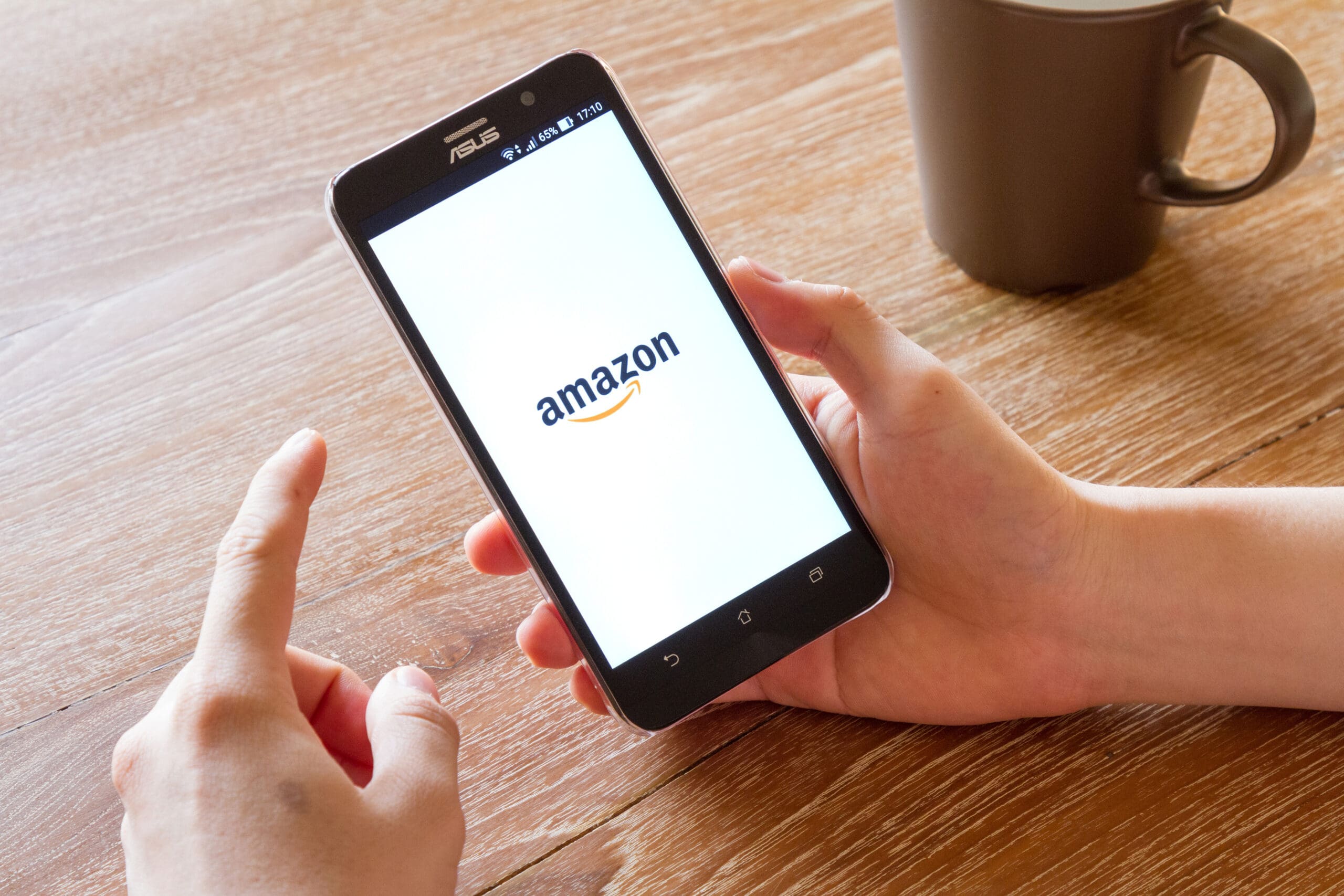Your product began merely as a concept that you couldn’t get out of your head. You knew your idea could solve a problem that people were experiencing. After performing thorough research, you were certain that your product could be better than the leading competitor on the market. Then, you spent the next several months or years creating the pieces, testing mockups, proving the concept, sourcing the manufacturer and designing the packaging. You went from knowing nothing about product development to having packaged goods ready for stores.
Now, it’s time to get your fantastic products into the online marketplace, inside brick-and-mortar retail stores and, ultimately, in people’s homes. How do you go about this? Through a process called “retail buying.” In a nutshell, you’ll meet with retailers to pitch your product, and they’ll consider placing an order with you.
Whether you are meeting in person or over a video call, here are 10 retail tips to add to your professional product development toolkit. These tips can help you wrap up your buyers meeting with a purchase order and let you stand out to your buyers as a beneficial resource.
- Create Exceptional Product Packaging
Product packaging needs to do several things.
- Packaging needs to contain and protect its contents from shipping damage and product tampering.
- The packaging design needs to draw the attention of the target consumer within seconds.
- Information on the packaging needs to clearly describe the contents and explain its purpose.
- Packaging needs to conform to your brand identity. When customers see your packaging, they should not confuse it with other brands.
- Packaging needs to differentiate your product from your competitors.
- Product packaging needs to conform to the retailers’ shelving or display restrictions. Sometimes setting your product apart from competitors means having custom packaging, but if that unique packaging doesn’t physically fit on retailers’ shelves, you may not be included in the planogram.
- Be Knowledgeable About Each Retail Outlet
Do you due diligence. Sure, you might want to cast a wide net to potential buyers out of excitement for your product, enthusiasm about bringing it to the marketplace or desperation to recoup cash quickly, but it’s important to carefully review each store’s vendor website for product requirements first. Buyers want a product to be a good fit for their store.
For example, if your buyer represents a store that sells only eco-friendly items, and your product is packaged overseas in plastic clamshells, don’t expect them to buy. You can either delay your meeting until you can have your products produced and packaged to their store’s specifications or move on to another retailer.
- Be Knowledgeable About Your Competitors
This should be easy because this is something that you likely researched before going into production. The buyers will want to know how and why they should purchase your product rather than a similar product from your competition.
- Have a Thorough Website
Your website should be a one-stop shop for your buyers. Include:
- Information about the product, how it can solve a problem, what sets it apart and how it can earn money for the store
- Product demonstration videos
- Your bio
- Customer testimonial letters, photos and videos
- Contact information
- Links to your product’s social media accounts. One in three consumers use social media to discover new products and brands, and 90% of people buy from brands they follow on social media.)
- Keep Sell Sheets With You at All Times
Yes, your website is your product’s information headquarters, but sell sheets still have a place in product marketing. Make sure it is current, designed cleanly, and includes the product name, description, photos, website address and contact information.
- Set Yourself Apart
It’s not enough for your product to be different from others in the marketplace, you need to be unique and memorable, too. What can you bring to the table that other manufacturers with similar products cannot? How can you make the buyers’ lives easier?
For example, do you own a fleet of vehicles that can expedite deliveries? Can you manufacture domestically if supply chains are disrupted and time is of the essence? Do you speak a second language? Determine what makes you different and include that information in your sell sheets and on your website.
- Be Professional
Just because you have been working from your basement in sweatpants or in a warehouse in jeans doesn’t mean the whole world is dressed casually and working from home. This meeting could change your life.
- Dress like you mean business.
- Practice your presentation.
- Have printed price lists on-hand.
- Leave finished product samples with the buyer.
- Be Flexible, Helpful and Reliable
If your buyers are having a bad month because of supply chain delays or landlord issues, be someone they can count on. The buyer might need your product packaging to be a slightly different size to fit their planogram. They might need your delivery a day earlier than you can have it ready or a day later than you need it moved from your warehouse. Be prepared to make physical and logistical adjustments to accommodate your customers.
- Be Respectful of Their Time
To you, your product represents months and years of your life’s work; to retail buyers, your product is just one of the dozens of items they need to review today. Since their time is valuable, be concise while still being thorough. Don’t beat around the bush. If they are giving you 15 minutes of their time, don’t spend 10 of those minutes sharing the backstory of how you thought of the concept. They want to know what your product can do for them and their store’s profits.
- Be Tenacious
OK, so this morning’s retail meeting went well but didn’t result in an order. Go home, take a breath and document all the positives that came from it. You made a connection with a buyer that you didn’t have previously, so send them a thank you note. You’re a problem solver who created a product that didn’t previously exist, so decide your next strategic move. Be prepared for some rejection, but don’t take it personally — get back out there and share your product with the world.
Inventing your idea and manufacturing your merchandise are only parts of the new-product equation. If you want to get your products into the various online and retail marketplaces, you need to know how to build professional relationships with buyers. Hopefully, these 10 tips can help. Need help from the professionals? Contact Retailbound at info@retailbound.com. They have decades of experience with conducting buyers’ meetings and launching new product brands with North American retailers.
This is a guest post from our partner Retailbound. Retailbound is a retail consultant agency that works with innovative brands that want to scale in retail.










